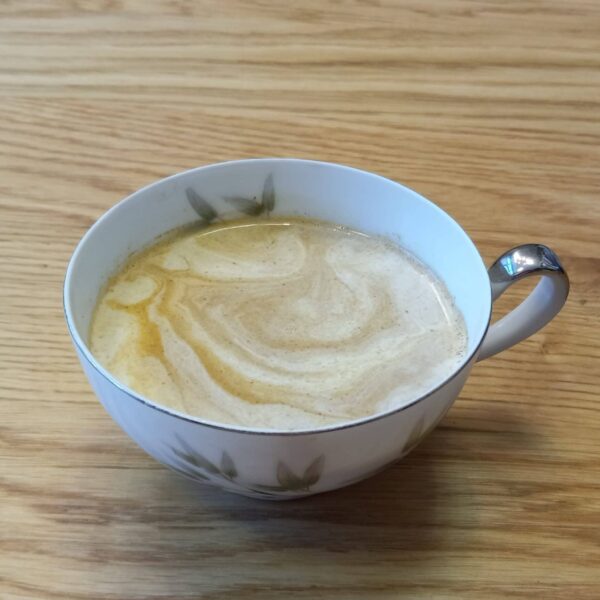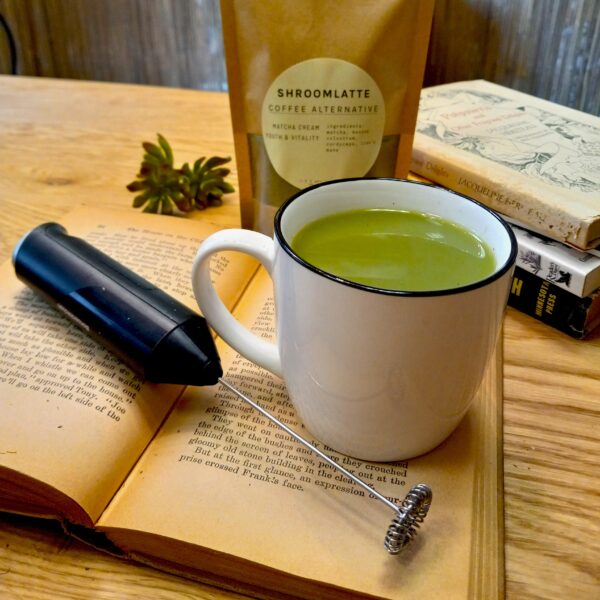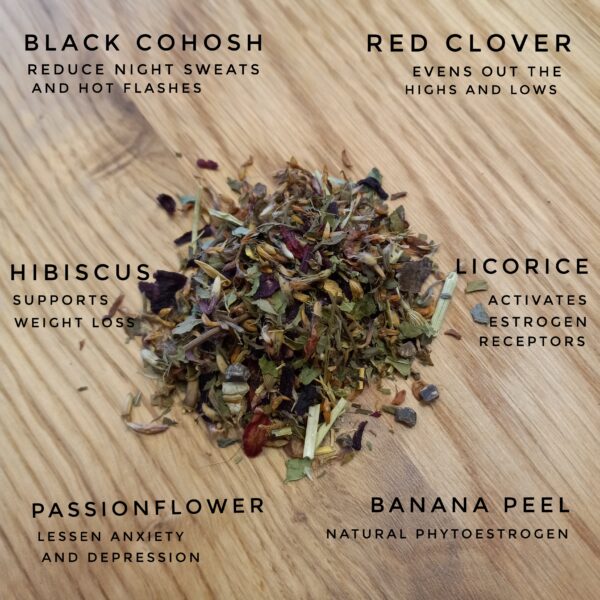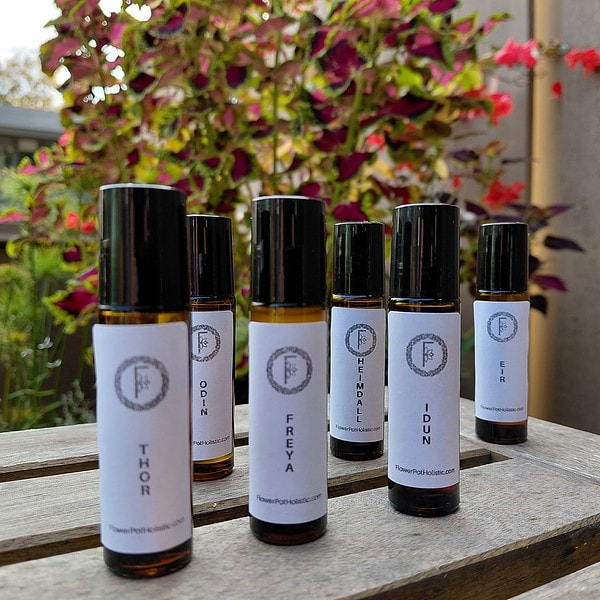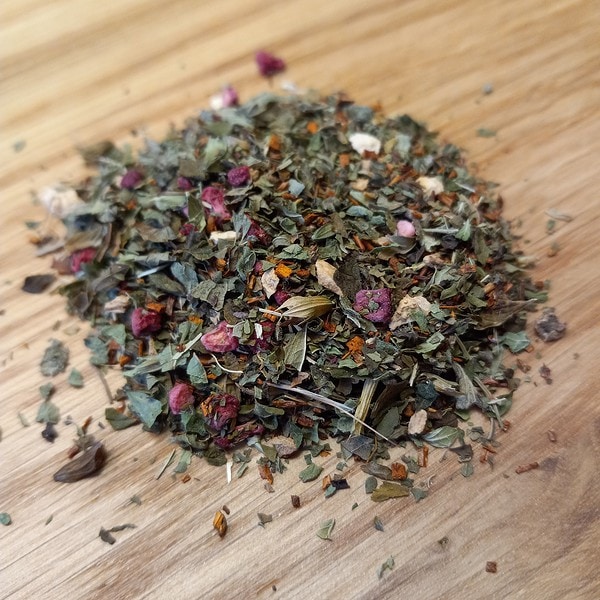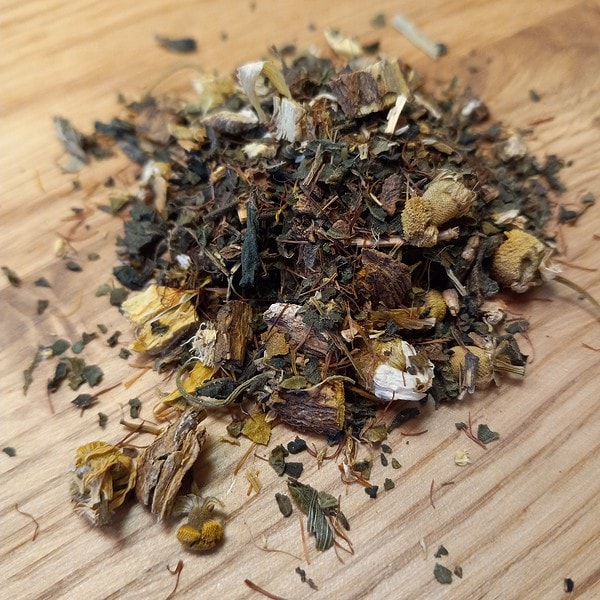Let’s dive into ashwagandha (Withania somnifera), a truly remarkable herb that has been a cornerstone of Ayurvedic medicine for thousands of years. When we talk about traditional uses, we’re looking at centuries of accumulated wisdom – how our ancestors understood and applied these plants to help the body navigate life’s challenges.
Traditionally, ashwagandha isn’t just about one thing; it’s what we call an “adaptogen.” This means it helps the body adapt to various stressors – whether they’re physical, chemical, or biological. Think of it as a balancer, working to bring the body back into equilibrium. This isn’t a new concept; ancient practitioners recognized this balancing act long before modern science came up with the term.
One of the primary traditional uses of ashwagandha revolves around its ability to support the nervous system. In Ayurvedic texts, it’s often referred to as a Rasayana, which translates to a rejuvenator or tonic, particularly for those feeling run down or experiencing the wear and tear of daily life. For people dealing with persistent stress or a general sense of unease, ashwagandha was traditionally used to promote a sense of calm and well-being. It wasn’t about numbing feelings, but rather about building resilience, helping the body manage its stress response more effectively.
Beyond stress, its traditional applications extend to supporting physical vitality. Historically, it was given to individuals experiencing fatigue, to help improve stamina, and even to aid recovery after illness. It was considered a tonic for strength and vigor, especially for those needing to rebuild their reserves. This makes a lot of sense when you think about its adaptogenic properties – a body under less stress has more energy for everyday functions and healing.
Another significant traditional use was for supporting sleep. While it’s not a sedative in the typical sense, by helping to calm the nervous system and reduce stress, ashwagandha was historically used to promote restful sleep. The botanical name, somnifera, even hints at this, meaning “sleep-inducing.” It was often used to help people achieve a deeper, more restorative sleep, which is crucial for overall health and longevity – something I focus on heavily in my practice.
Perhaps less commonly known in mainstream discussions, ashwagandha was also traditionally valued for its role in supporting cognitive function and memory. Ancient texts describe its use in promoting mental clarity and overall brain health. This aligns with the broader Rasayana concept of promoting overall vitality, including the mind.
It’s clear that the traditional uses of ashwagandha paint a picture of a versatile herb, deeply intertwined with the concept of holistic well-being. It’s a testament to the wisdom of traditional herbalism that we continue to study and appreciate this plant today for many of the same reasons our ancestors did.
Join Our Mailing List!
Sign up and be the first to know about specials, promotions and our latest articles on health and wellness.
Cara Schulz
Cara Schulz, a cancer survivor and green tea lover, has opened The Flower Pot, a holistic wellness shop in Burnsville that offers products ranging from medicinal teas and wellness tonics and herbal tinctures.


